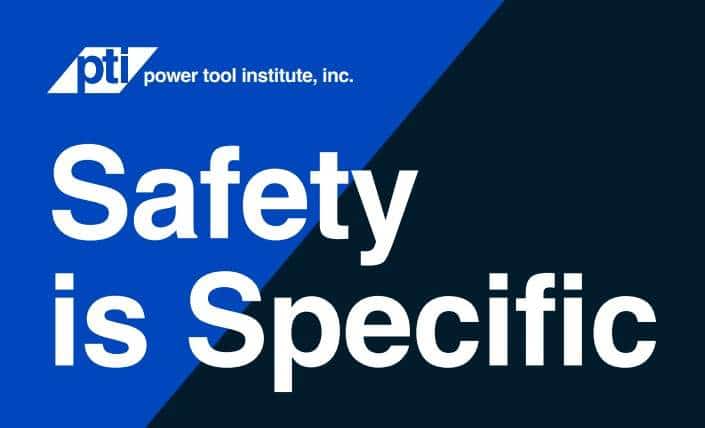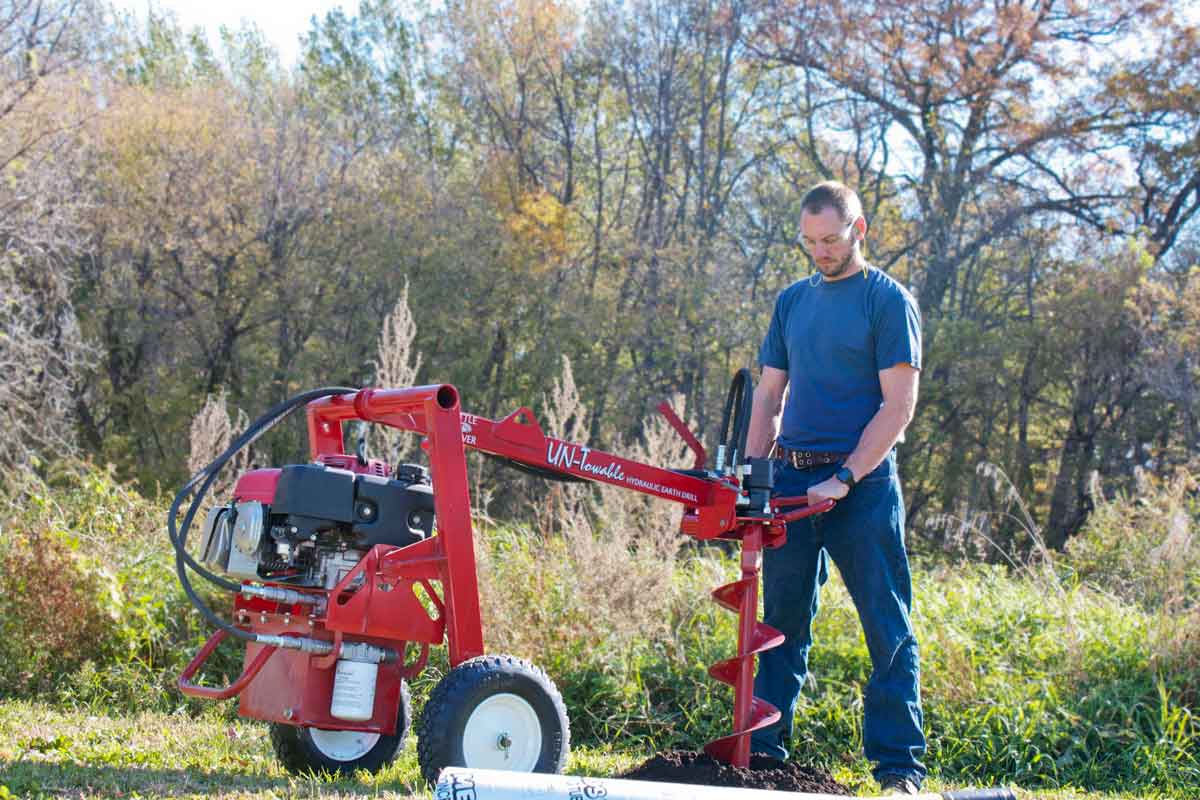The Weld Pool: The Latest and Greatest Welding Technologies in the Industry

From Miller to Lincoln, We Run Down the Best Offerings from OEMs
We’ve discussed engine-driven welding and power generation equipment in this space a couple of times — and not much revolutionary has happened in the product category since our last full update in early 2015 — until now. With CONEXPO-CON/AGG quickly approaching, some of the world’s leading welding manufacturers are bringing solutions to Las Vegas designed to further optimize how service technicians and field welders/fabricators do their job.
Of course, the concept of operating the hydraulic tools on a heavy-duty mechanics truck — including its boom — with an independent engine-driven solution instead of the truck’s engine is not new. Both Miller Electric Mfg. Co. and Vanair have had solutions on the market for a number of years that accomplish this. The idea being: Operating these tools off of a lower-horsepower independent engine-driven unit spares the truck’s engine of unnecessary hours and associated wear and tear. Lincoln Electric has taken the concept to the next level, however, with its new Air Vantage 600 SD Hydraulic. The unit is run by a 64-hp Deutz engine that provides full functionality of all hydraulic, pneumatic and power tools without having to run off a truck’s PTO — more than double the horsepower of other major offerings on the market. Its hydraulic pump runs at 10 gpm at 3,000 psi.
“We were pushed really hard from the railroad sector to incorporate a hydraulic pump in this machine, to make it a four-in-one machine,” says John Wasko, product manager — engine drives, Lincoln Electric. “When they ran the hydraulics on the truck, they typically ran that truck for 80 to 90 hours per week. If you think about that from a service and fuel perspective, you’re consuming a ton of fuel [and introducing a lot of wear to an expensive engine]. A lot of these larger service truck engines start at [more than $60,000] apiece.”
The hallmark of the new Air Vantage 600 SD Hydraulic is its higher output, which is critical for performing heavy-duty repairs on construction equipment where carbon arc gouging and welding is required. Its 600 amps of welding output doubles what’s currently available on the market in a comparable machine, and its 60-cfm air compressor provides more than enough air to make carbon arc gouging (in combination with the welding output) possible.
“They’ll air arc out big sections that need to be repaired, then they’ll backfill with Stick, fill it back up, sand it down and fix the repair to get it back in action,” describes Wasko. “To do that, a machine in that 25-hp range just doesn’t have the power to run a 3/8- or 1/2-in. air carbon arc rod — the fact that this does have that output makes it an attractive option.”
Weighing in at 1,800 lbs and running 42 in. tall by 32.9 in. wide and 69 in. long, the unit is designed for large-class service trucks that can support that size of a machine. Add in robust auxiliary power capabilities, and there’s not much in field repair and mobile fabrication it can’t do.
“It’s focused on the large service truck market that requires a larger machine that can provide the weld output to do some heavier repair work and air arcing,” says Wasko. “It gives you up to 600 amps of weld output, which is unique to 4-in-1 machines. Not only does it provide that kind of output, it provides 20,000 W of three-phase output and 12,000 W of singles phase.”

Miller intentionally aimed at the mid-sized service truck market with its EnPak A28. The goal of this unit is to clear up more space on the back of a service truck by eliminating numerous standalone units and to eliminate wasteful hours and fuel burn associated with a truck PTO.
New Solutions for Class 3-5 Service Trucks
Miller has been a leader in the “no PTO” movement through the years and has introduced a number of packages in its EnPak product line — the newest being introduced at CONEXPO is the EnPak A28. The unit features a 28-cfm rotary screw air compressor, 5,500-W generator, 12v/24v battery charger and 300 amps of crank assistance, as well as a 210-amp DC stick welder ideal for smaller, non-structural repair welds. This is the first EnPak product to include built-in welding functionality.
Whereas Lincoln went big with its newest introduction, Miller intentionally aimed at the mid-sized service truck market with EnPak A28. The unit is about the same size as the company’s Bobcat welder generator line. Voice of customer work in this truck size class identified a specific hierarchy of needs: air power, auxiliary power, battery charging/crank assist and then welding. This model addresses that — and like other EnPak products, the goal of EnPak A28 is to clear up more space on the back of a service truck by eliminating numerous standalone units and to eliminate wasteful hours and fuel burn associated with a truck PTO.
“These new Tier 4 engines on the work trucks don’t like to be idled,” says Travis Purgett, product manager — power systems division, Miller. “So you get to the jobsite, and you turn your truck off and now you’re fully functional — you’re not using a truck’s engine to power a PTO air compressor. You’re using the EnPak A28 to provide all those needs. So we’re reducing overall operating costs, we’re reducing [wear] on the chassis and we’re increasing operator efficiency.”
According to Miller, the new EnPak A28 can reduce payload weight by as much as 400 lbs and increase available payload space by as much as 24 cu ft (depending on previous configuration). The presence of a remotely mounted control panel also simplifies operation and helps improve jobsite safety.
“We do have a remote panel on this product as well,” says Purgett. “These guys aren’t climbing in and out of the back of cluttered work trucks, which helps reduce slip and fall accidents.”

The all-new EnPak A28 from Miller will be introduced at CONEXPO. The unit features a 28-cfm rotary screw air compressor, 5,500-watt generator, 12v/24v battery charger and 300 amps of crank assistance.
The Next Evolution of Point of Use Controls
Both Miller (ArcReach) and Lincoln (CrossLinc) offer technologies related to inverter-based welding systems that allow the operator to change welding parameters at the point of use by sending the commands across the welding cable and eliminating the previously required control cables. This offers a number of benefits. It improves safety by reducing the number of trips the welder takes between their work and the power source. It improves quality by giving that operator the power to change parameters on the fly based on weld conditions, and it improves productivity by ensuring that the welder spends more time at the arc and less time walking back and forth to the power source.
Miller will take that technology to the next level at CONEXPO with the introduction of a Big Blue engine-driven welder generator with integrated ArcReach technology — the first engine-driven machine of its kind.
“Companies continue to look at ways they can be more efficient,” says Purgett. “These point-of-use controls really give them that avenue, and instead of making multiple trips back and forth to the welding machine to make adjustments, or just choosing to live with their current settings [instead of making a change], they’re increasing their quality by making the adjustments they need to [without having to leave the workspace].”
This is an excellent new capability for those who have sought out this technology in an engine-driven welder generator and will prove a welcome expansion for those already familiar with it in inverter power sources.
“This allows people who have already invested in ArcReach to expand and buy engine drives with confidence,” says Purgett, “knowing they can use their existing ArcReach accessories now on engine drives — allowing them to get more done with what they have and be more efficient in their operations.”
Bill Elverman is a contributing writer to Compact Equipment.



Comments are closed here.